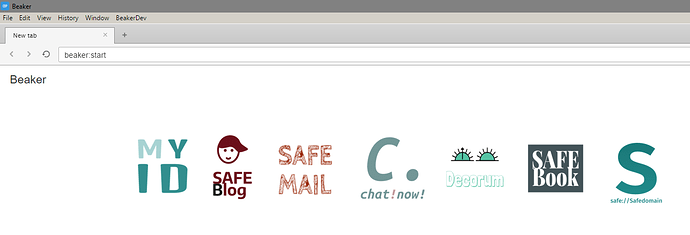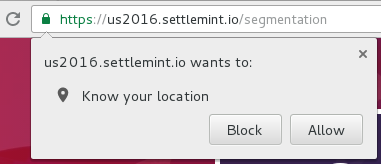These are difficult problems and the proposal is a great step in the right direction. It’s stimulated a lot of purposeful discussion already.
Here are my very-high-level (possibly impractical) thoughts:
Developers
-
The safe network is a data store. Look at existing libraries for storing data: file system, http, database etc. Also look at existing libraries for communicating data: http, websocket, irc etc. Dev libraries / bindings to interact with the safe network should look similar to these for ease of use. Data flow on the safe network is permissioned and bidirectional so has inherit complexity, but ultimately the dev just wants to dump some data somewhere (or fetch it). Let’s keep that use-case in mind when designing the launcher interfaces. Screwing around with namespaces and token expiry etc is a sure way to complicate the life of devs (but is probably a necessary evil).
-
Having to ‘create an app’ for the safe network just to save some data sounds terrible to me as a dev (high cognitive overhead). I feel the launcher needs to operate at a lot simpler abstraction than that. At least, the interfaces and documentation should be at a simpler abstraction. Might not be possible…?
-
GET will be much more common than PUT, so make it really easy for a dev to get public data off the network. It should be as easy as reading a file or performing a http request. Ideally the launcher should not be required for GETs on the safe network, it should just be built-in to the library the dev uses.
-
Code is a simpler interface than network. I’m glad to see SWIG mentioned.
End-Users
-
Don’t assume they have a gui. Headless can easily be extended with a gui wrapper but not vice-versa. Headless should be the primary interface for the launcher.
-
It’s interesting to consider the launcher as part of a unix pipeline. To me this represents the perfect combination of simplicity and power, which can be extended or wrapped with gui or other interfaces as needed. Can the safe network have a cURL-like interface?
-
The purpose of apps is to be a ‘wall’ between data. Auth Tokens issued by the launcher are the raw material these walls are built from. There must be doors between the walls (ie the user must be able to share / shield data between different apps and users). How these walls and doors are managed is a difficult problem, especially considering ux differences across platforms, eg desktop, mobile, server environments. Management of auth tokens and apps should be as transparent as possible to both users and devs, which segues to:
-
Permissions ux should be designed as a spectrum. Let everything through at the most permissive. Manually approve every request at the most restrictive. In the middle approve app at first use then automatic approval every time that, etc etc (lots of possible variations). Making this experience smooth across the various platforms whilst remaining fully-featured is hard. I think it must start as a config-file and then possibly extend with gui wrappers around that file.
Very glad to see this discussion, and all suggestions so far sound like positive steps. Hopefully these points help simplify the ecosystem 

